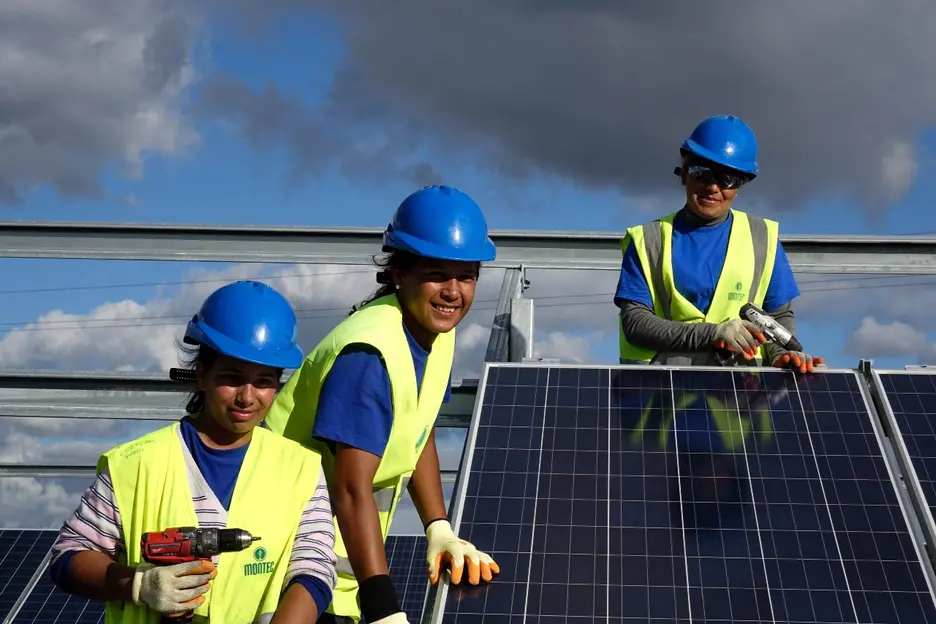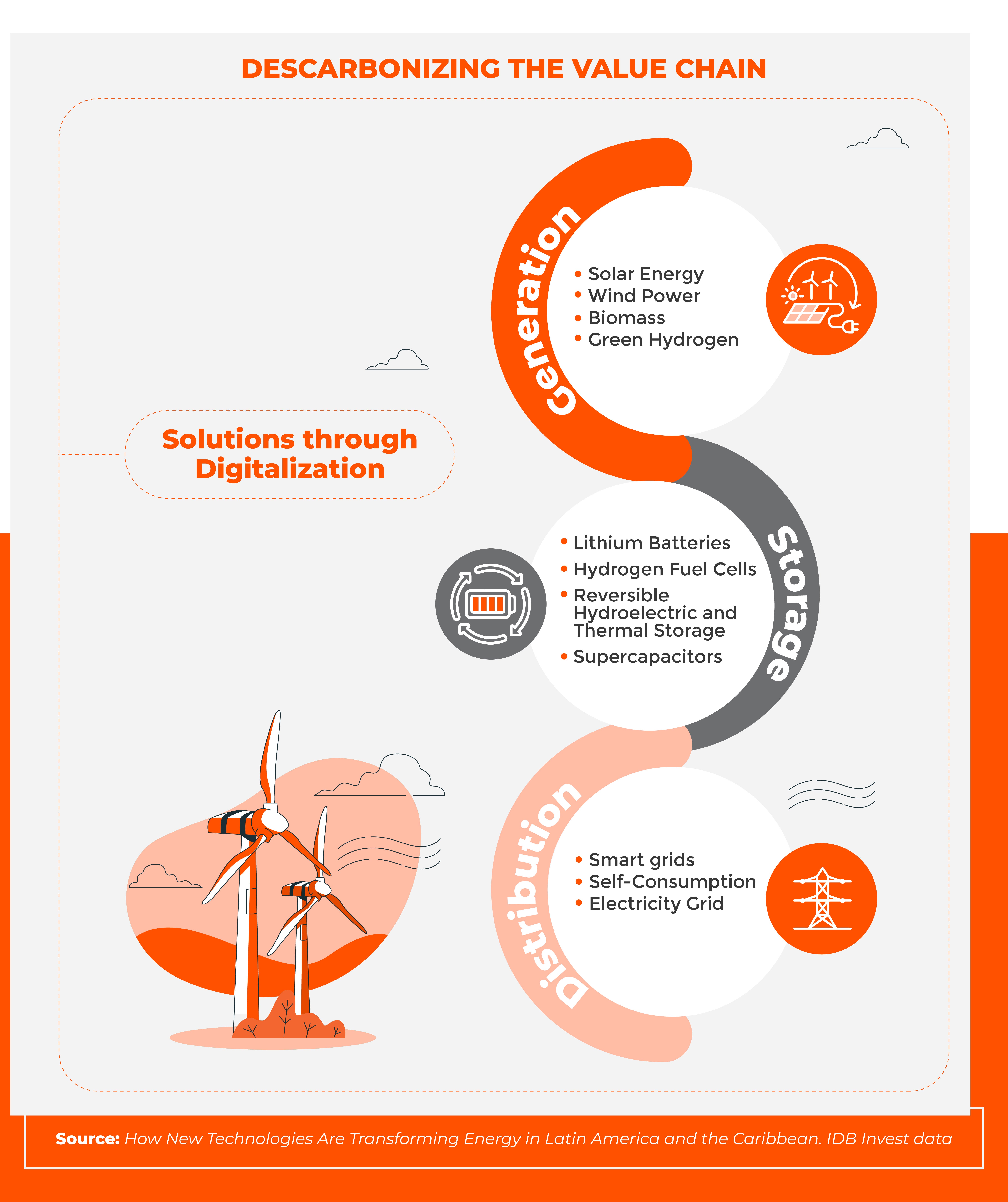The Technologies that will turn Latin America and the Caribbean into a Global Hub for Sustainable Energies

Digitalization, technological advancements, the growing demand for social and economic development in the region, and globally competitive energy are all driving the energy sector's pivotal transformation in Latin America and the Caribbean. This shift occurs amid diverse energy matrices, including traditional and renewable sources, with areas boasting the highest quality solar and wind resources, among the world's highest oil and gas reserve-to-production ratios, and abundant reserves of essential minerals like copper and lithium, crucial for the transition (to sustainable energies).
The threefold growth in energy demand anticipated by 2050 underscores the urgency to accelerate renewable adoption while maintaining a balance in traditional energy and mining development. Oil and gas remain economic pillars, but sustained growth in renewables signifies a shift towards a more sustainable future. Brazil is leading this transformation with renewable energy powering more than 50% of domestic consumption.
Energy transition is a strategic priority for institutions like the IDB, which aims to make the region a renewable energy hub, promoting clean technologies such as green hydrogen. Natural gas can support this transition regionally and globally through LNG, offering a competitive and sustainable balance. Copper and lithium are indispensable for the transition. Still, their extraction is energy-intensive, necessitating a balance between market freedom and effective regulations.
Initiatives like RELAC and Net Zero 2050 showcase the region's commitment to sustainability and decarbonization, demanding close collaboration between the public and private sectors to establish regulatory frameworks facilitating the transition.

Despite progress in energy transition technologies, challenges persist, such as intermittent solar and wind generation and the need to enhance the efficiency and costs of emerging sources like hydrogen. Energy storage and distribution face challenges in reducing battery costs and adopting smart grids.
The energy transition presents significant job creation opportunities in clean energy, with an estimated 15 million "green jobs" by 2030. Tools like AI, IoT, and Big Data will enhance efficiency and sustainability in energy generation, storage, and distribution.
IDB Invest and NTT Data's research series provides insights into how new technologies transform various industries. The study "How New Technologies Are Transforming Energy in Latin America and the Caribbean" highlights initiatives fostering the adoption of clean energies to propel the energy transition and turn the region into a renewable energy hub.
Accelerating the liberalization of the energy sector, a work in progress, is crucial to hastening the transition, adding depth to the energy market, and generating a wide array of products and services.
Decarbonizing the value chain is essential, with technological advancements optimizing energy generation, storage, and distribution. Mature technologies like hydro, solar, and wind power drive adoption in a generation. Efficient battery management is critical for overcoming renewable-source intermittency in storage. In distribution, smart grids emerge as solutions to modernize electrical grids and facilitate self-consumption.
Digitalization-derived business models are revitalizing a traditionally innovation-resistant sector. Collaboration between major corporations and startups fosters the development of microgrids and models like solar as a Service (SaaS), democratizing access to solar energy.
Finally, green hydrogen emerges as a historic opportunity for the region, with initiatives spanning production to distribution. The region stands at a turning point, where the convergence of digitalization and technological innovation paves the way for a more sustainable and efficient energy transition.
LIKE WHAT YOU JUST READ?
Subscribe to our mailing list to stay informed on the latest IDB Invest news, blog posts, upcoming events, and to learn more about specific areas of interest.
Subscribe



